Remote Procedure Call (RPC) endpoints are critical components in the world of blockchain and decentralized applications (dApps). As a developer, understanding RPC endpoints is crucial for implementing effective communication between your applications and various blockchain networks. This guide aims to provide a comprehensive overview of RPC endpoints, how they work, and their applications across different blockchains.
What is an RPC Endpoint?
An RPC endpoint is a specific URL or address through which an application communicates with a server using the RPC protocol. Essentially, it acts as an interface that allows external applications to request and execute procedures on a remote server as if they were local calls. This is particularly important in blockchain technology, where RPC endpoints enable dApps to interact with blockchain nodes.
How RPC Endpoints Work
RPC endpoints facilitate the communication between clients and servers by sending requests and receiving responses. The client makes a request to the RPC server, specifying the procedure to be executed along with any necessary parameters. The server processes the request, executes the specified procedure, and sends back the response to the client. This process is usually stateless, meaning each request is independent and contains all the necessary information for the server to process it.
Common Protocols for RPC Endpoints
There are several protocols commonly used for RPC endpoints, each with its unique features and use cases:
JSON-RPC
JSON-RPC is a lightweight, stateless protocol that uses JSON (JavaScript Object Notation) to encode the calls and responses. It is widely used in blockchain applications due to its simplicity and ease of integration. JSON-RPC allows for both synchronous and asynchronous operations, making it a flexible choice for various use cases.
REST
REST (Representational State Transfer) is another popular protocol for RPC endpoints. It uses standard HTTP methods (GET, POST, PUT, DELETE) to perform operations on resources. RESTful APIs are known for their scalability and statelessness, making them suitable for web services and blockchain applications.
WebSocket (WS)
WebSocket is a protocol that provides full-duplex communication channels over a single TCP connection. Unlike REST, which is stateless, WebSocket allows for continuous, real-time communication between the client and the server. This makes it ideal for applications that require low-latency interactions, such as financial trading platforms and live data feeds.
GraphQL
GraphQL is a query language for APIs that allows clients to request only the data they need. It provides a more efficient and flexible alternative to REST by enabling clients to specify their data requirements precisely. While not as widely adopted as JSON-RPC or REST in the blockchain space, GraphQL is gaining traction due to its efficiency and flexibility.
Setting Up an RPC Endpoint
Setting up an RPC endpoint involves configuring a server to listen for incoming RPC requests and responding to them appropriately. This typically requires the following steps:
- Install Necessary Software: Depending on the blockchain and protocol, you may need to install specific software or libraries. For example, Ethereum developers often use `geth` or `OpenEthereum` to run an Ethereum node.
- Configure the Node: Configure your node to expose an RPC endpoint by setting the appropriate parameters in the configuration file or command-line options.
- Secure the Endpoint: Implement security measures such as authentication, encryption (via TLS/SSL), and rate limiting to protect your RPC endpoint from unauthorized access and abuse.
- Test the Endpoint: Use tools like `curl`, Postman, or custom scripts to test the functionality and performance of your RPC endpoint.
Using RPC Endpoints in Different Blockchains
Ethereum
Ethereum supports various RPC protocols, including JSON-RPC, WebSocket, and GraphQL. Developers can interact with Ethereum nodes using these protocols to perform tasks such as querying account balances, sending transactions, and deploying smart contracts. Learn more about Ethereum RPC endpoints.
BNB Smart Chain
BNB Smart Chain (BSC) also supports JSON-RPC and WebSocket protocols. Developers can use these endpoints to interact with BSC nodes for tasks like checking token balances, swapping tokens, and monitoring blockchain events. Learn more about BNB Smart Chain RPC endpoints.
Tron
Tron offers JSON-RPC endpoints for interacting with its blockchain. Developers can use these endpoints to execute smart contracts, query transaction details, and monitor network status. Learn more about Tron RPC endpoints.
Cardano
Cardano provides RPC endpoints that support various protocols for interacting with its blockchain. Developers can use these endpoints to check transaction statuses, query addresses, and interact with smart contracts. Learn more about Cardano RPC endpoints.
Polygon
Polygon, also known as Matic, supports JSON-RPC and WebSocket protocols for its RPC endpoints. These endpoints allow developers to interact with Polygon nodes for tasks such as querying transaction histories, checking token balances, and monitoring network events. Learn more about Polygon RPC endpoints.
Conclusion
RPC endpoints are indispensable tools for developers working with blockchain technology. They provide a seamless way to interact with blockchain nodes, enabling a wide range of applications and use cases. By understanding the different protocols and how to set up and use RPC endpoints across various blockchains, developers can unlock the full potential of decentralized applications.
FAQ
1. What does RPC stand for, and what is its primary function?
RPC stands for Remote Procedure Call. Its primary function is to enable an application to execute procedures on a remote server as if they were local calls, facilitating communication between clients and servers.
2. How do JSON-RPC and REST differ as protocols for RPC endpoints?
JSON-RPC is a lightweight, stateless protocol that uses JSON for encoding calls and responses, supporting both synchronous and asynchronous operations. REST, on the other hand, uses standard HTTP methods to perform operations on resources and is known for its scalability and statelessness.
3. What are the benefits of using WebSocket (WS) over other RPC protocols?
WebSocket provides full-duplex communication channels over a single TCP connection, enabling continuous, real-time communication between the client and the server. This makes it ideal for applications requiring low-latency interactions, such as financial trading platforms and live data feeds.
4. Can I use multiple RPC endpoints for a single blockchain network?
Yes, you can use multiple RPC endpoints for a single blockchain network. This approach can enhance reliability and performance by distributing the load across different endpoints and providing redundancy.
5. What are some common security practices for managing RPC endpoints?
Common security practices for managing RPC endpoints include implementing authentication, using encryption (TLS/SSL), rate limiting, and regular security audits to protect against unauthorized access and abuse.
6. How do I choose the right RPC protocol for my blockchain application?
Choosing the right RPC protocol depends on your application’s specific requirements. JSON-RPC is suitable for simplicity and ease of integration, REST is ideal for scalability and web services, WebSocket is perfect for real-time communication, and GraphQL is best for efficient and flexible data querying.

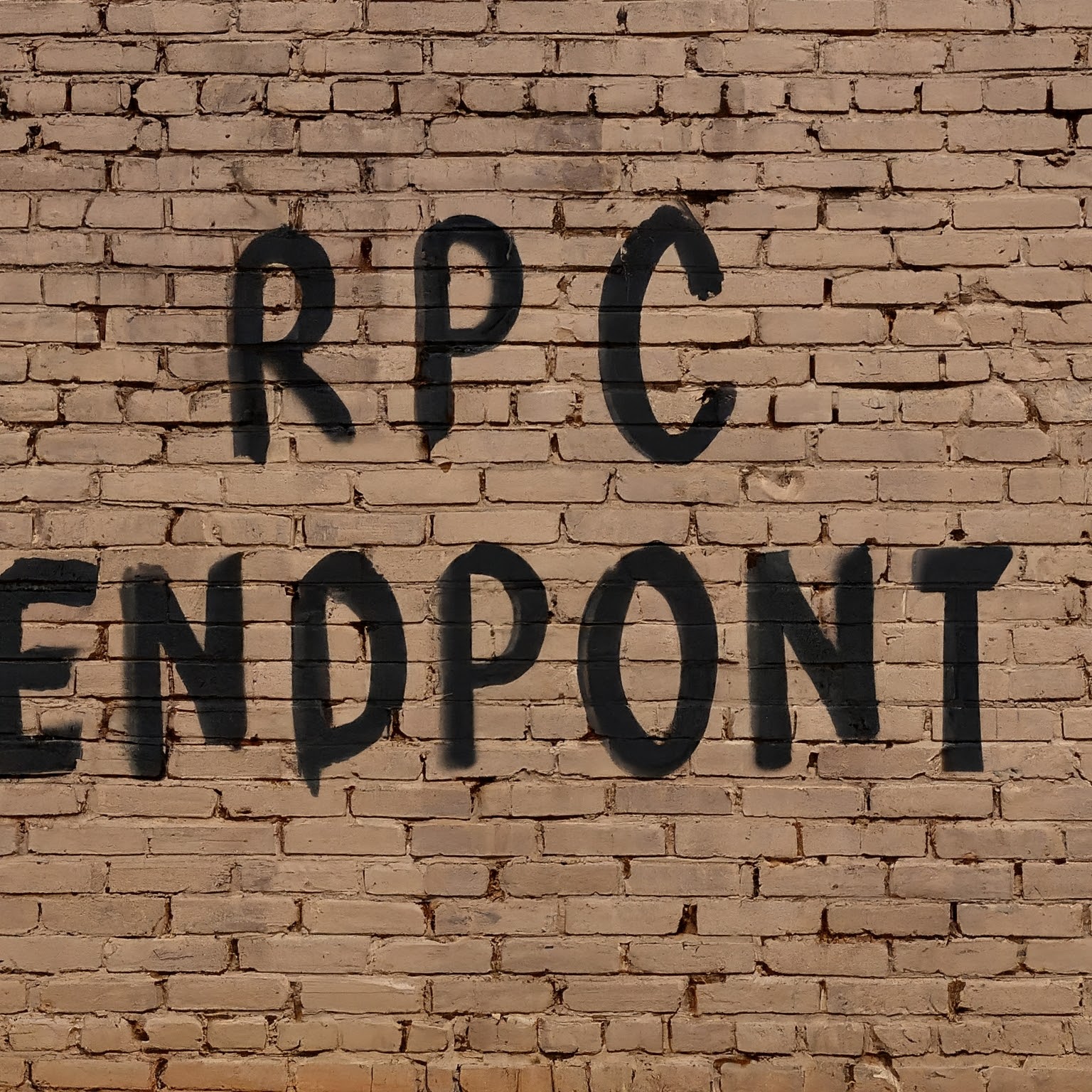
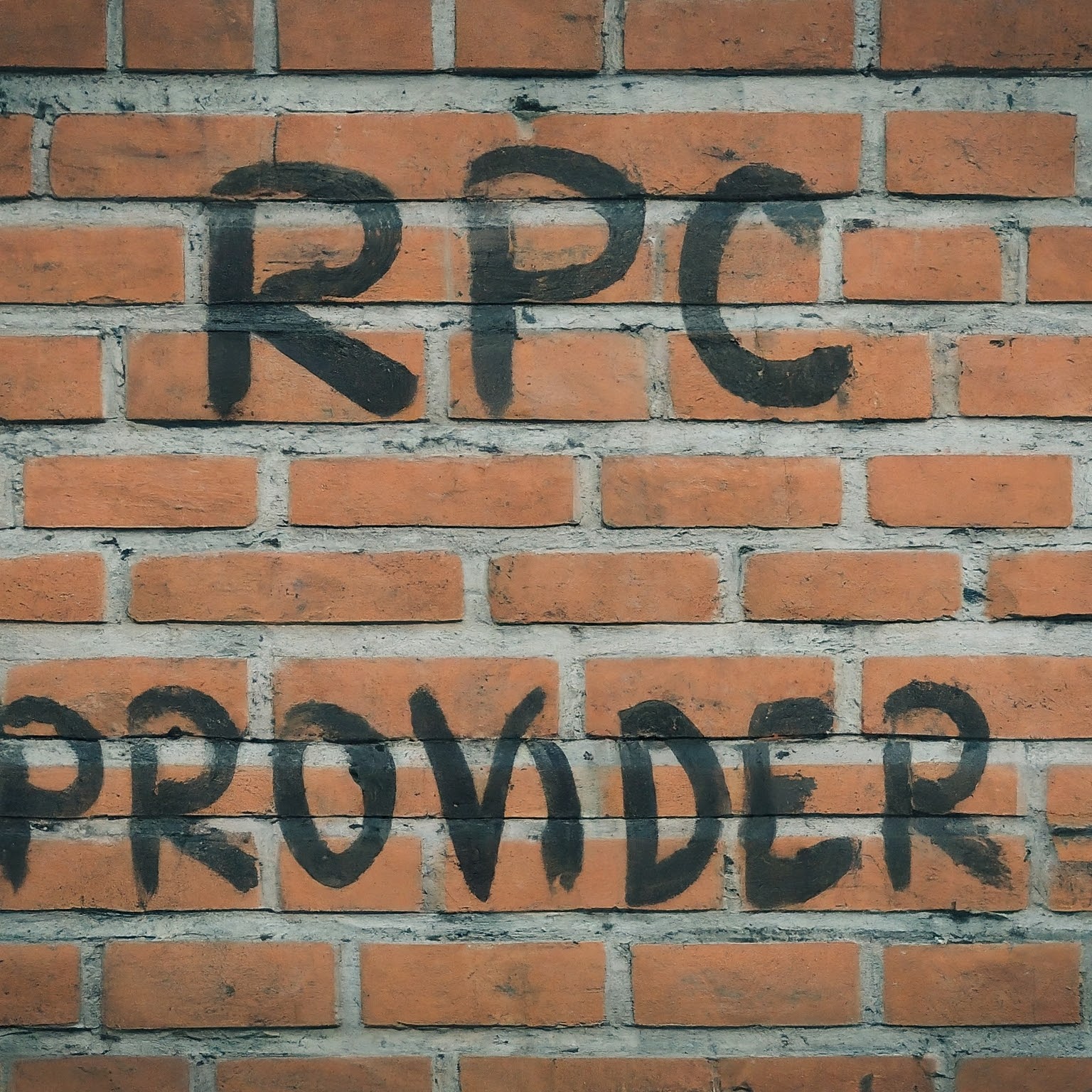
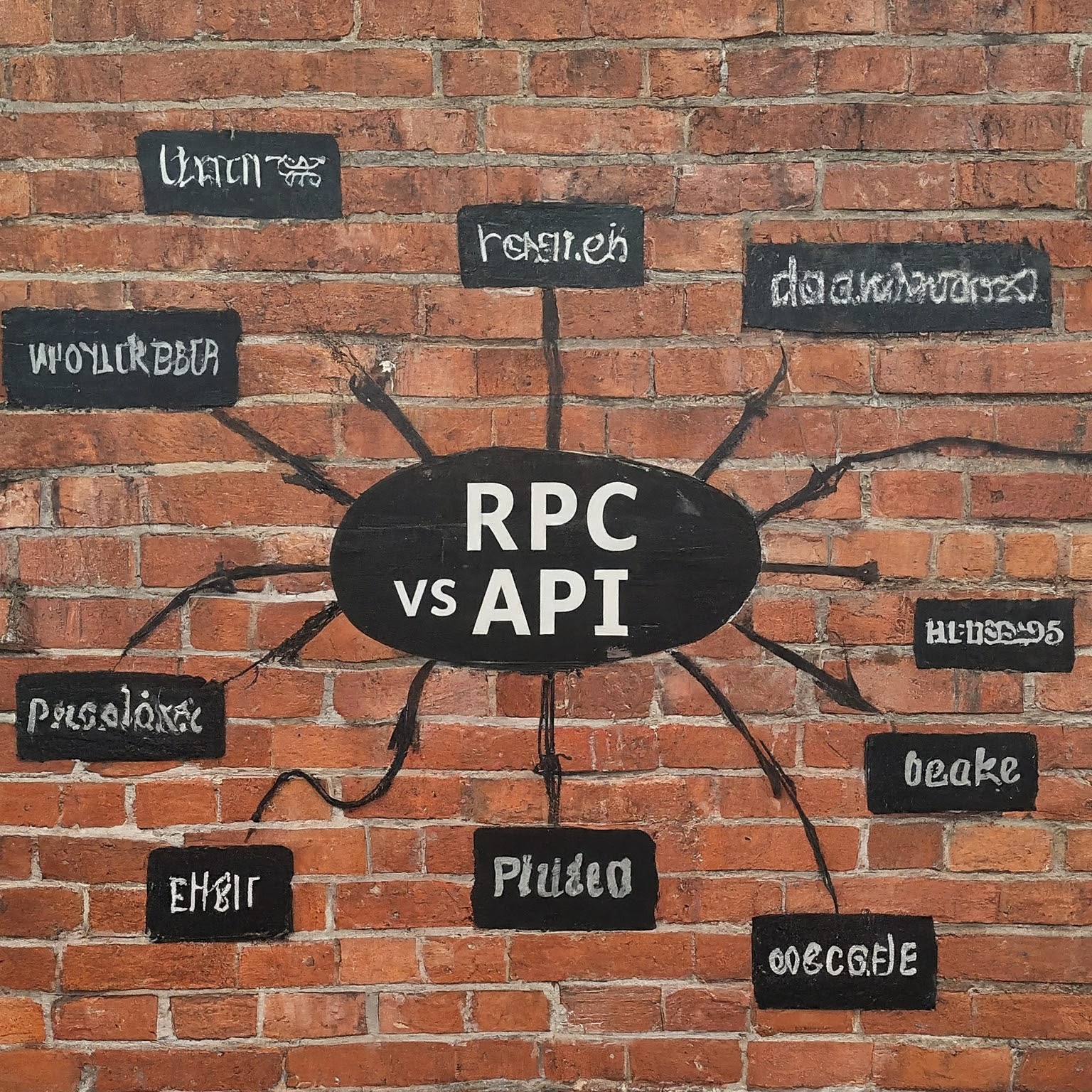

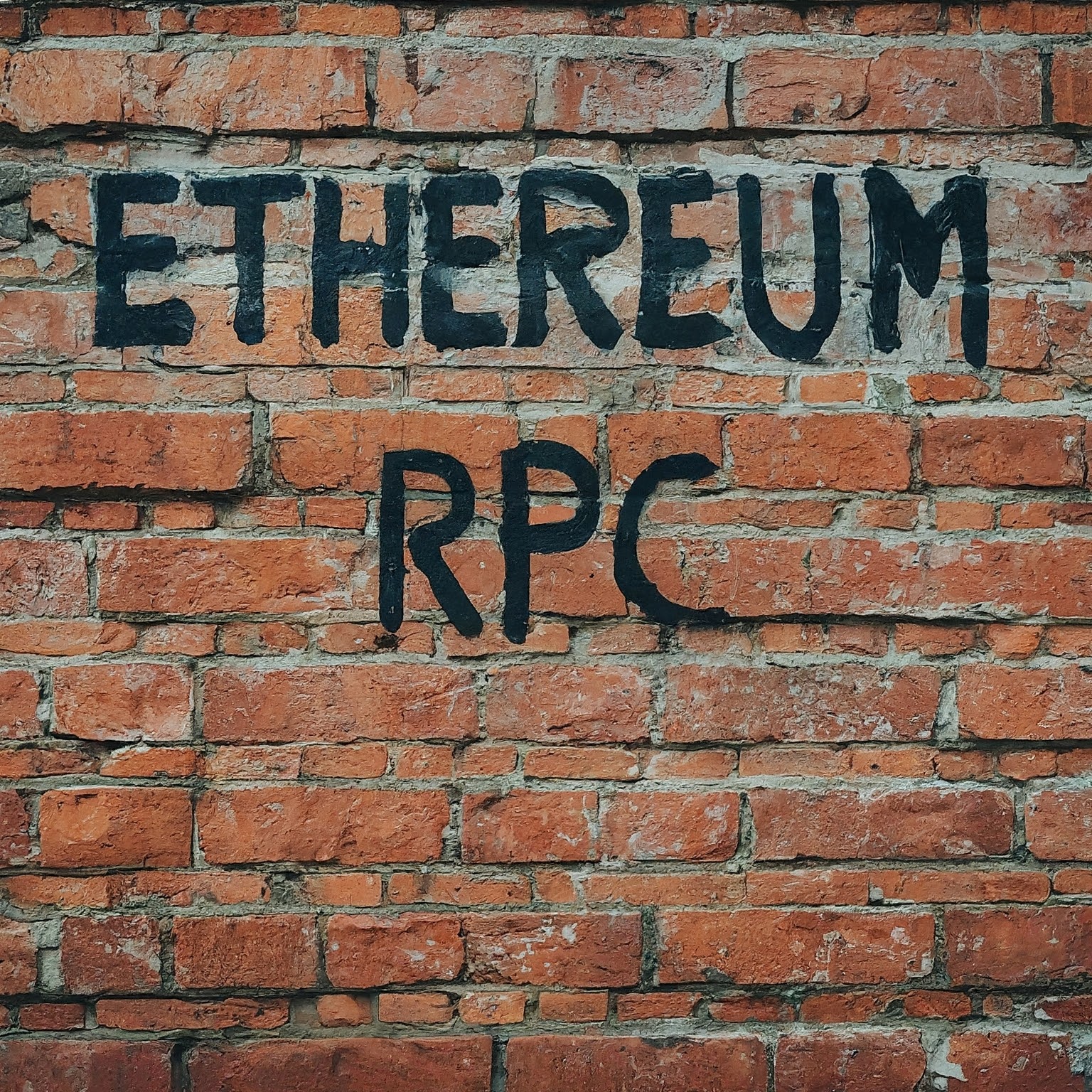
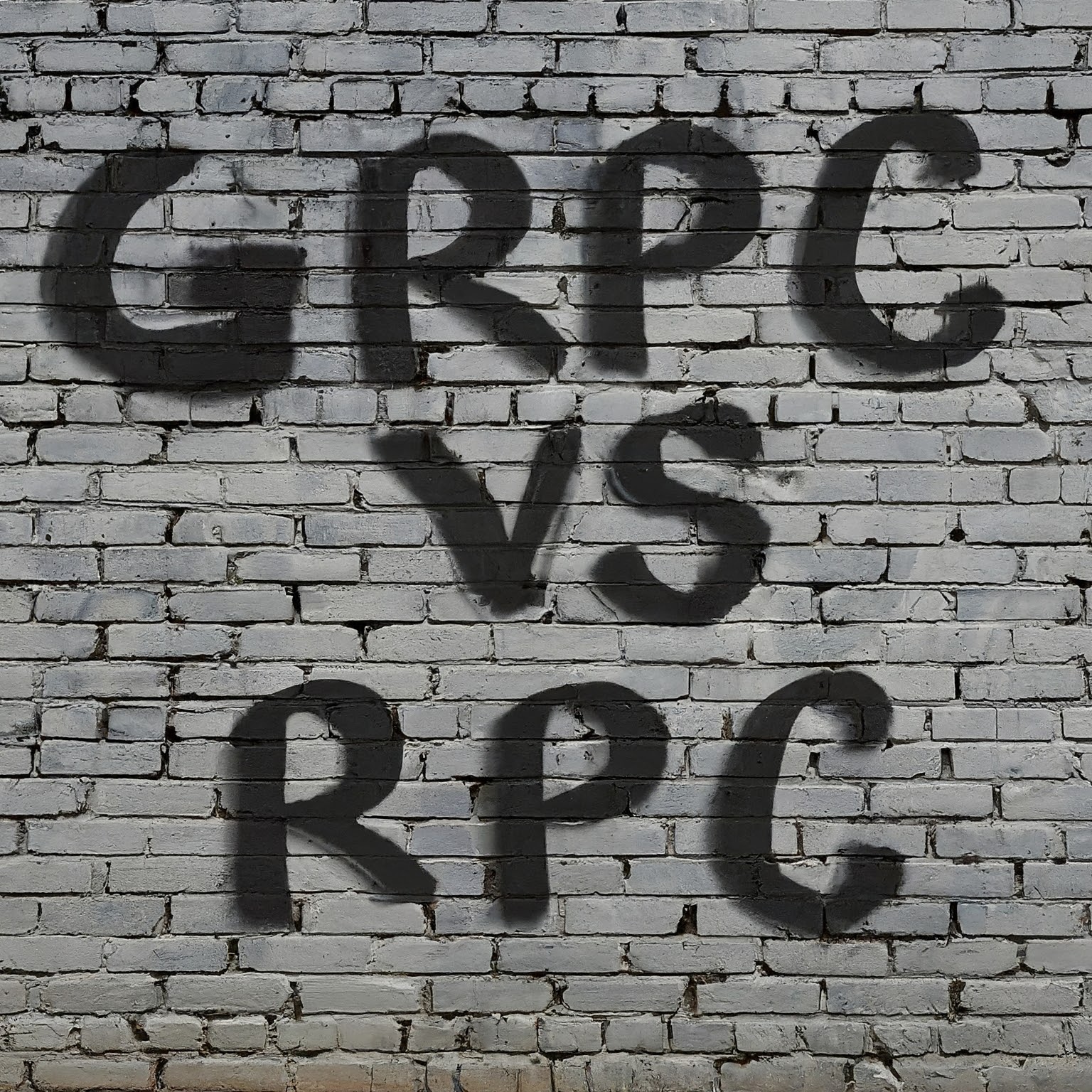
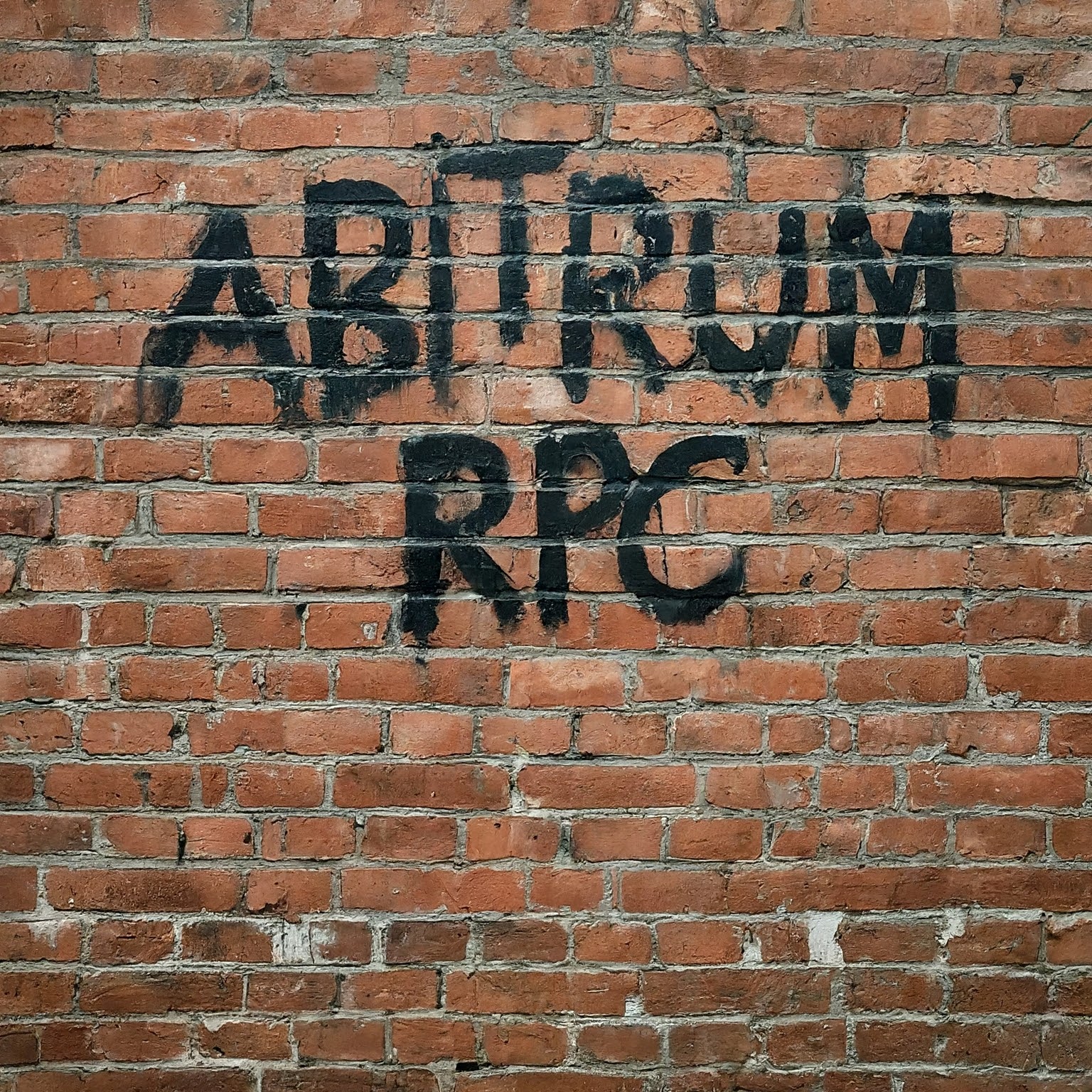

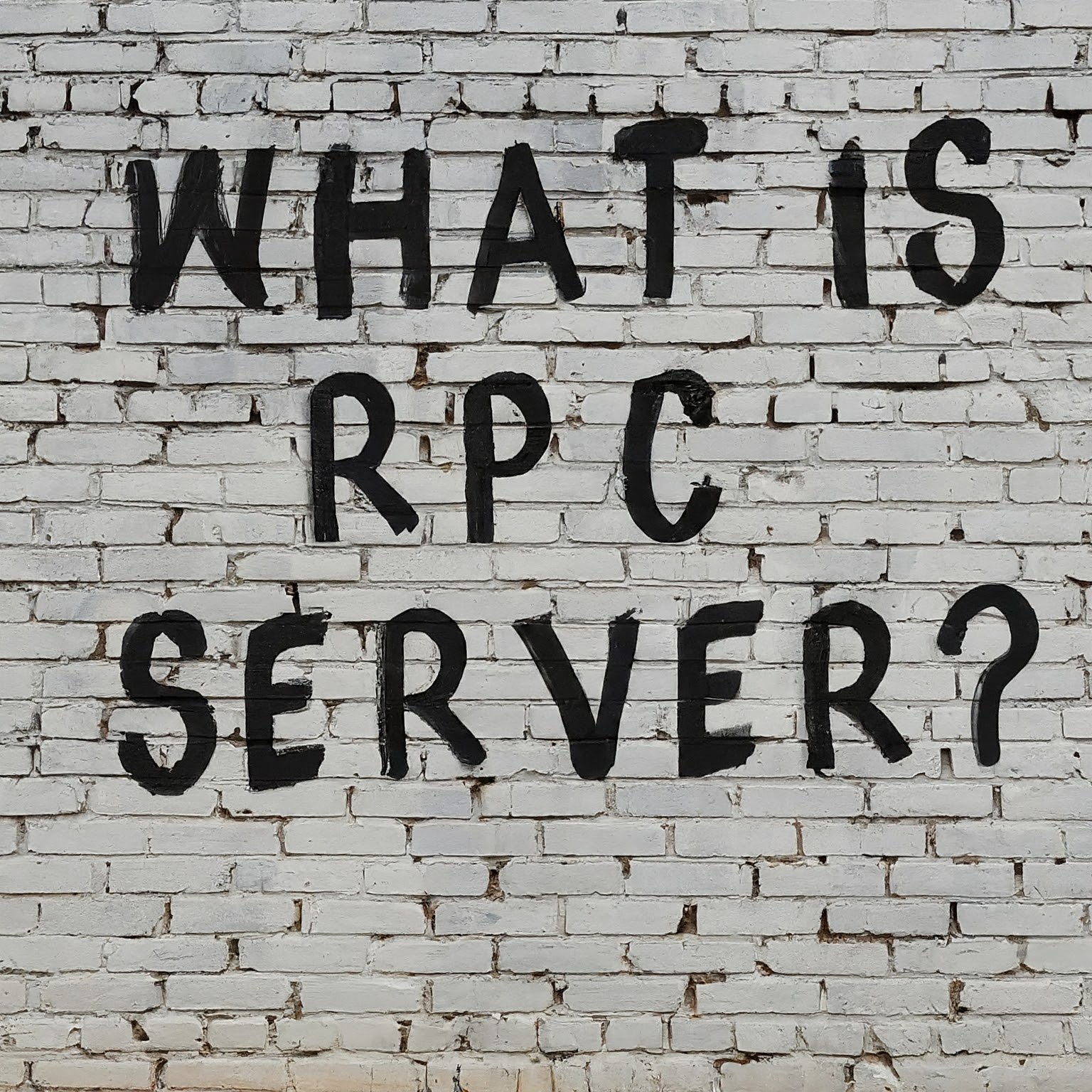

Leave a Reply
You must be logged in to post a comment.